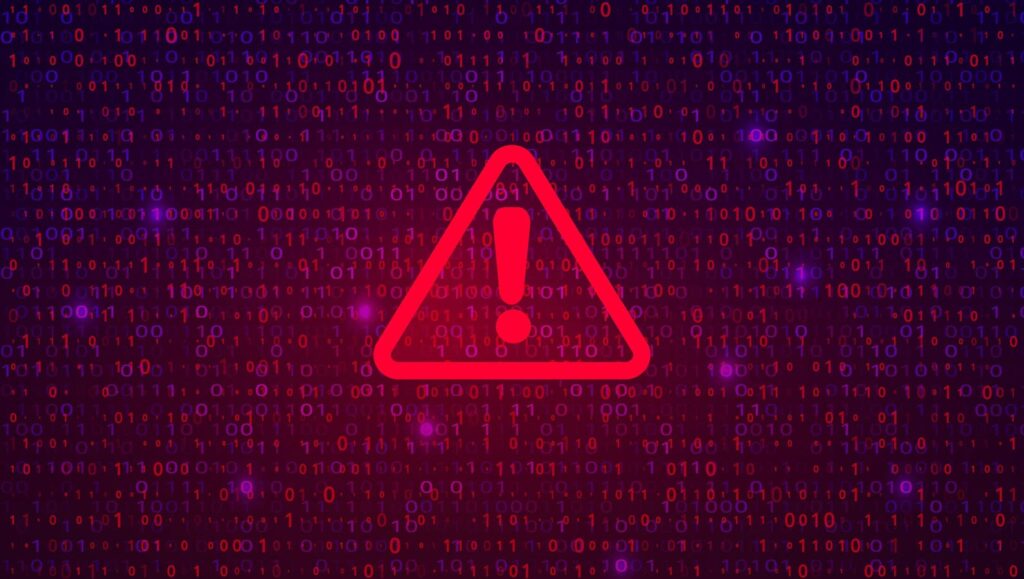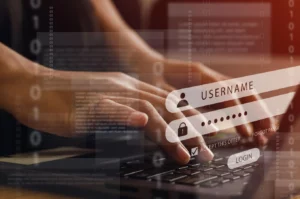
Are You Safe? 15 Ways To Prevent A Hacker Attack Today
As you scroll through your social media feeds or check your email, the thought may have crossed your mind – are you safe online? With cyberattacks and data breaches on the rise, it’s crucial to take proactive measures to secure your digital life. In this article, we’ll explore 15 ways to prevent hacker attacks today.
First and foremost, practice safe online behavior! Avoid phishing scams, suspicious links, unsafe websites, and unknown email attachments. Don’t forget to be cautious not only with unsolicited communication but also with messages from friends or relatives – they may have unknowingly sent you malicious links.
To get started on the right foot, reset all passwords for all online accounts immediately. Change them every few months, ensuring they are strong and unique. Remember to use different passwords for each account to limit exposure in case of a breach. Activate Multi-Factor Authentication (MFA) on all accounts where possible, as an added layer of security.
It’s essential to separate personal information across different email accounts. Use one email for important accounts like banking and another for less critical activities such as entertainment or subscriptions. This will help you keep your digital life organized and reduce the risk of exposure in case of a breach.
To stay on top of any potential issues, regularly review your credit reports for signs of fraud or unauthorized activity. Ensure all devices are running with up-to-date apps and operating systems, and promptly install updates whenever they become available. For supported devices, configure settings to update automatically and use Lockdown Mode to restrict functionality during potential threats.
Take the time to close inactive online accounts and uninstall unused apps – this will minimize your digital footprint and reduce the risk of being targeted. Limit permissions for sensitive data like location only to what’s necessary for each app. Use trusted antivirus solutions to protect devices from malware.
To keep your accounts in check, regularly review privacy and security settings across all platforms. Set up alerts for account logins and transactions to stay informed about any suspicious activity. On social networks, limit who can see your posts, profile details, and tagged content.
Prevent phishing attempts by configuring filters on Gmail: go to Settings > Filters and Blocked Addresses > Create a New Filter, then specify criteria like keywords, sender addresses, or attachments, and choose actions like automatically deleting or sending them to spam. Secure your home network using a strong, unique Wi-Fi password, enabling WPA3 encryption, and turning off remote management.
When it comes to data storage, consider using external drives or cloud services to back up important files. Automate backups wherever possible to ensure peace of mind.
Remember, security might not be convenient, but it’s a small price to pay compared to the devastating consequences of losing your identity, money, or something even more valuable.
Source: www.forbes.com


